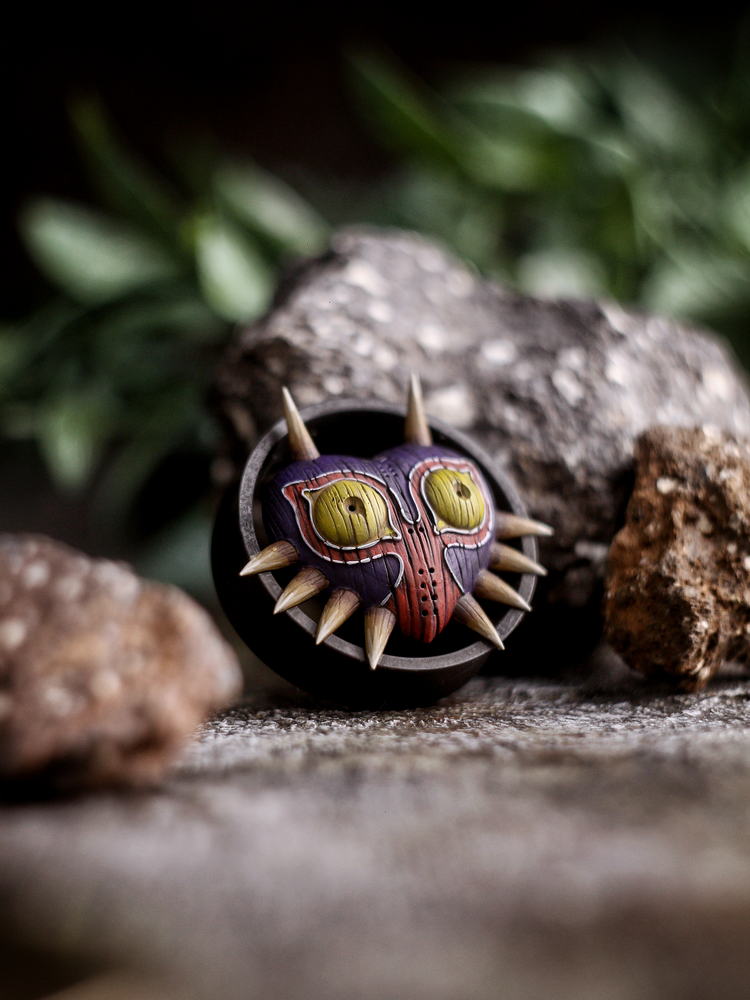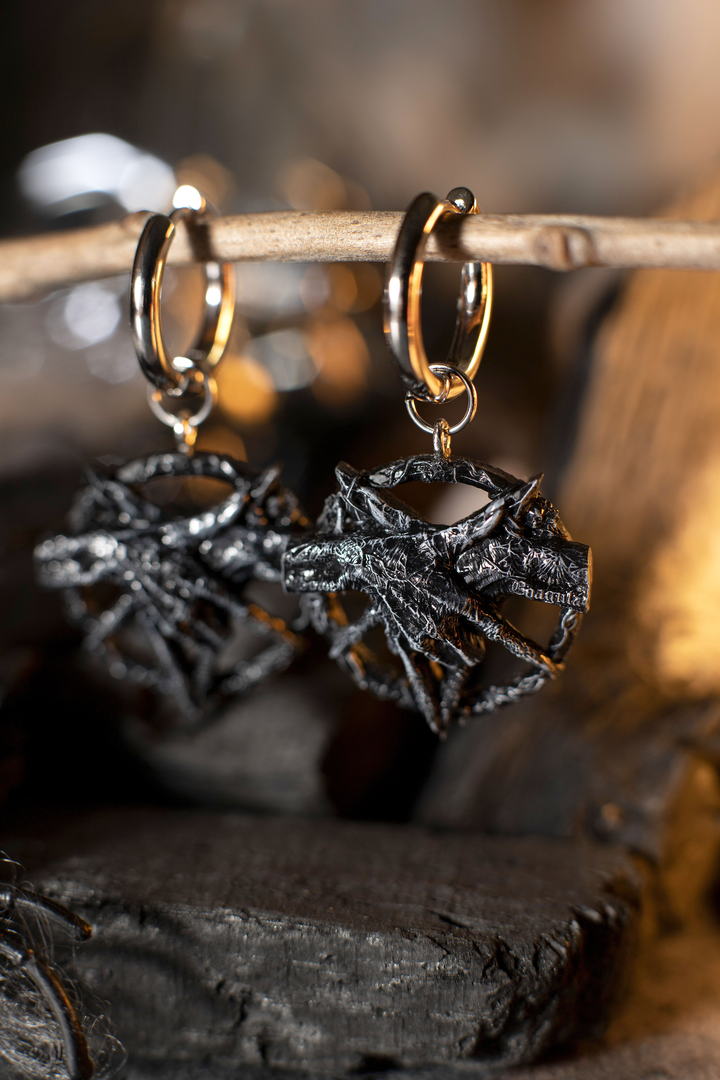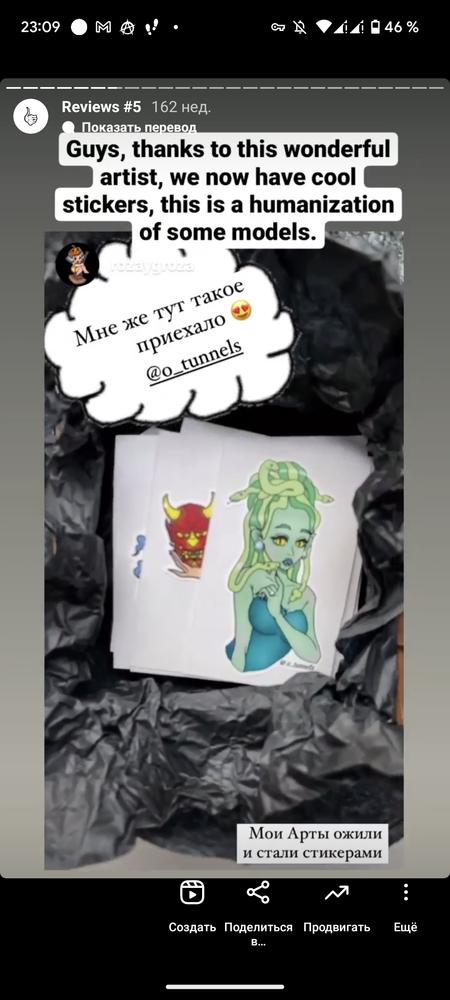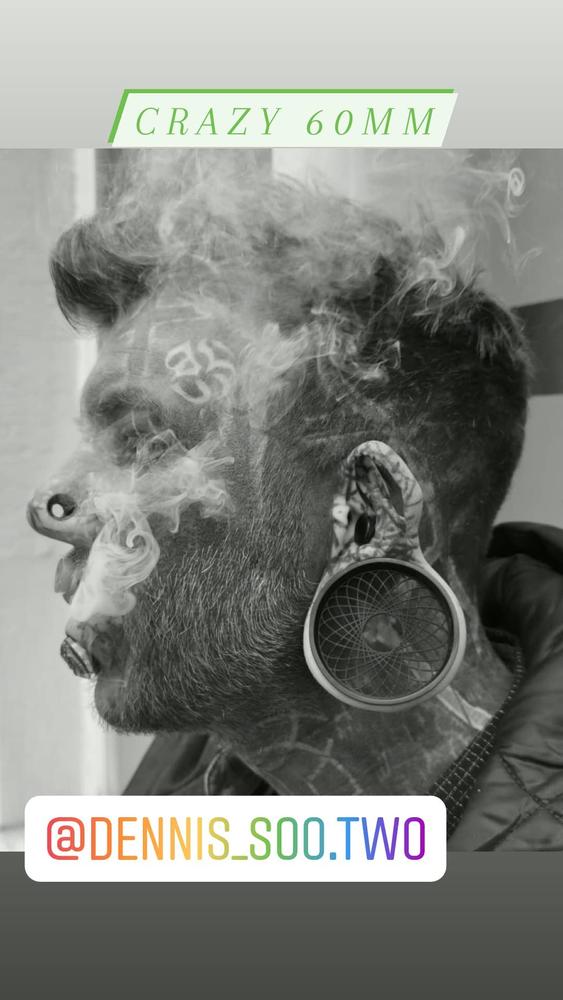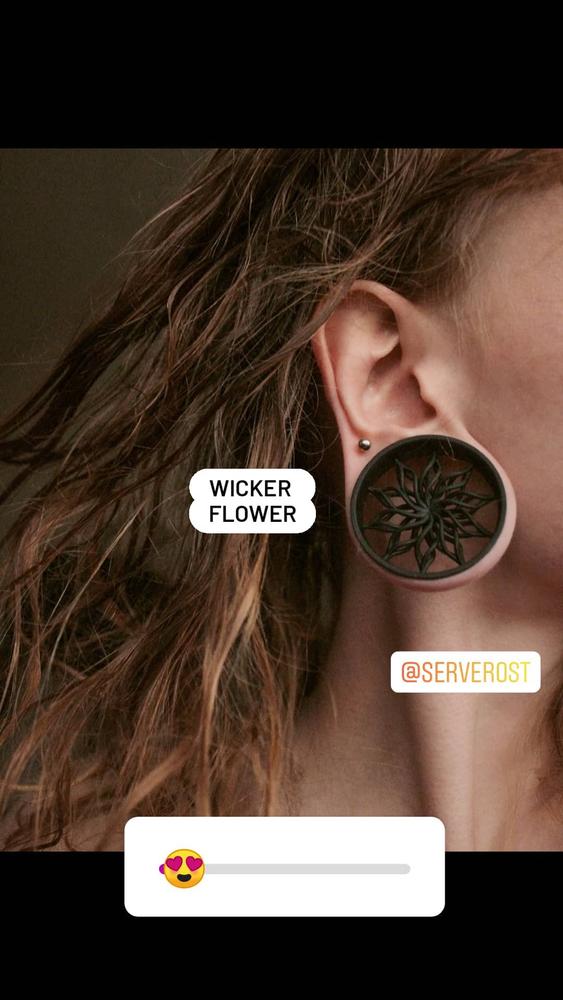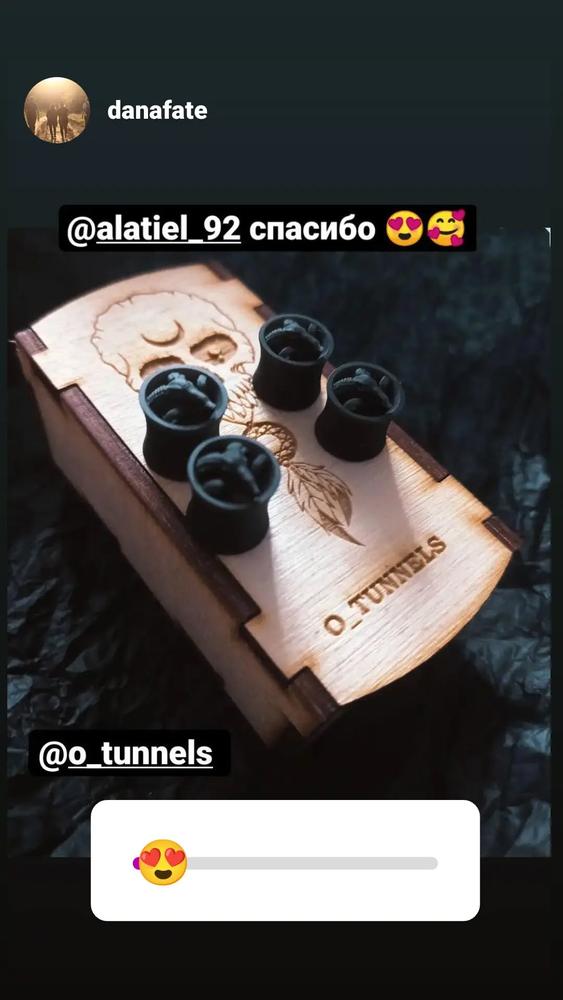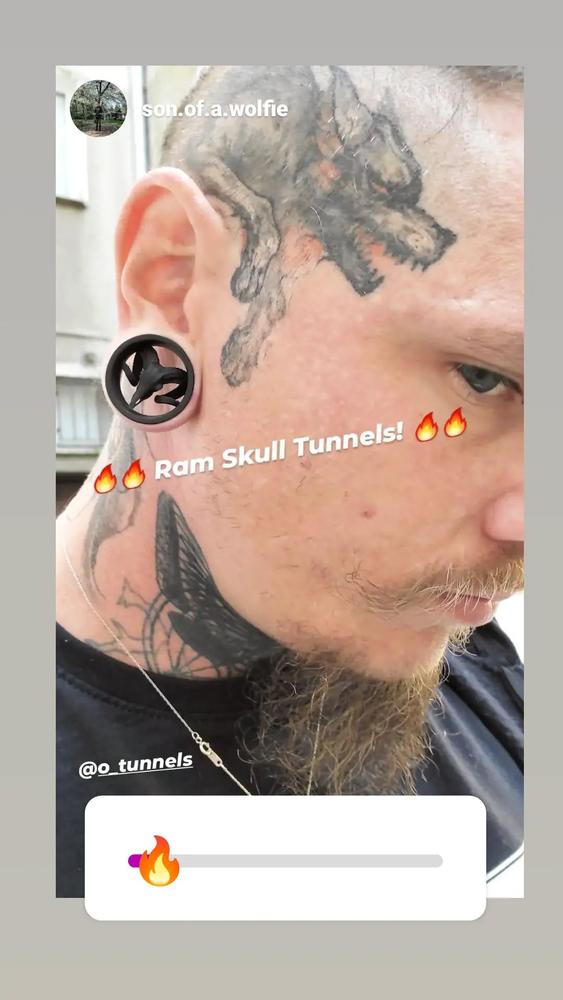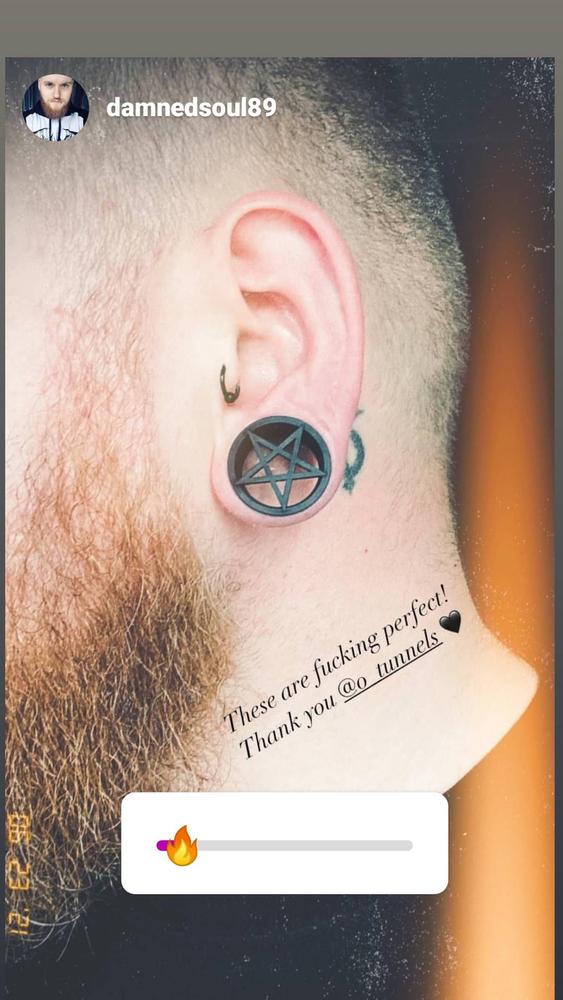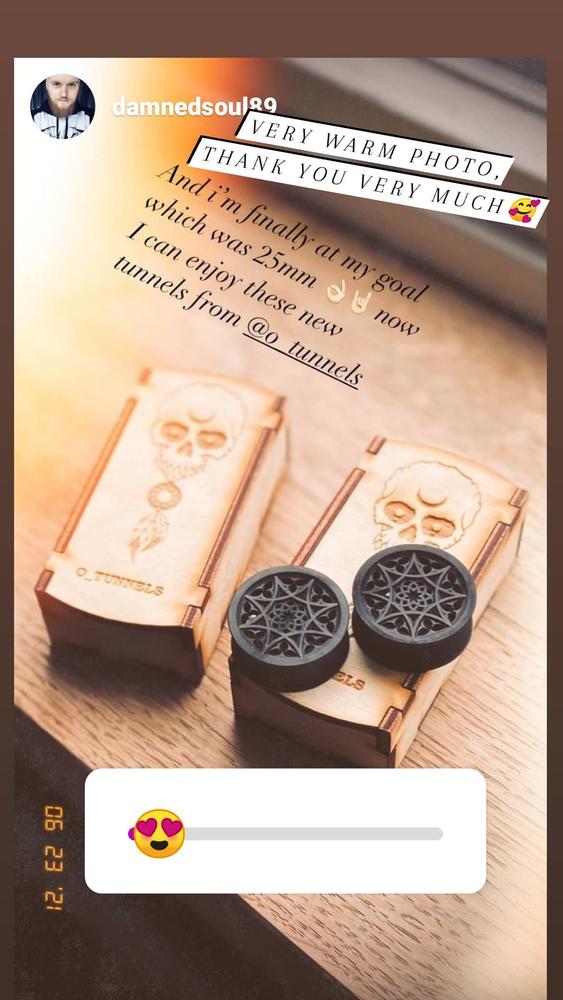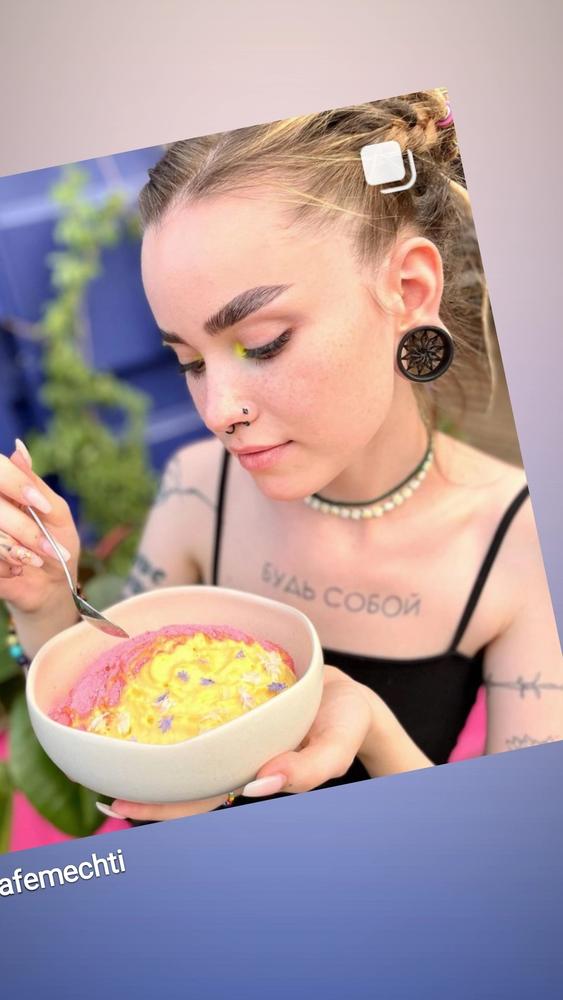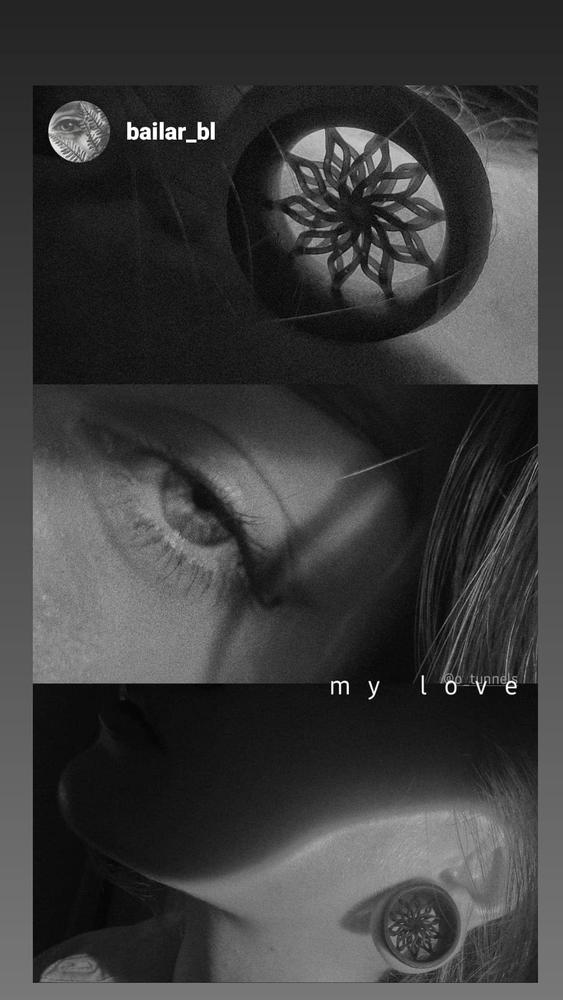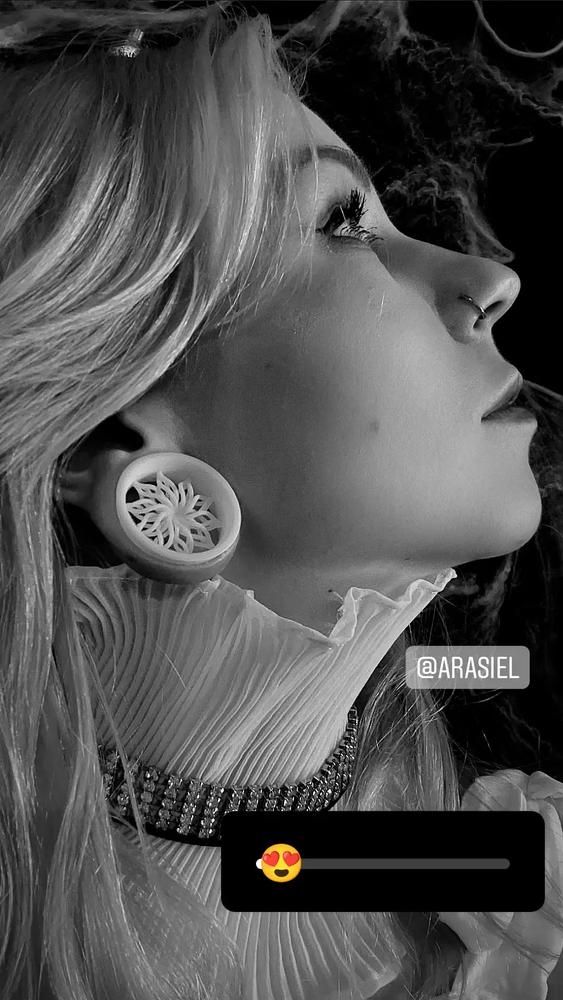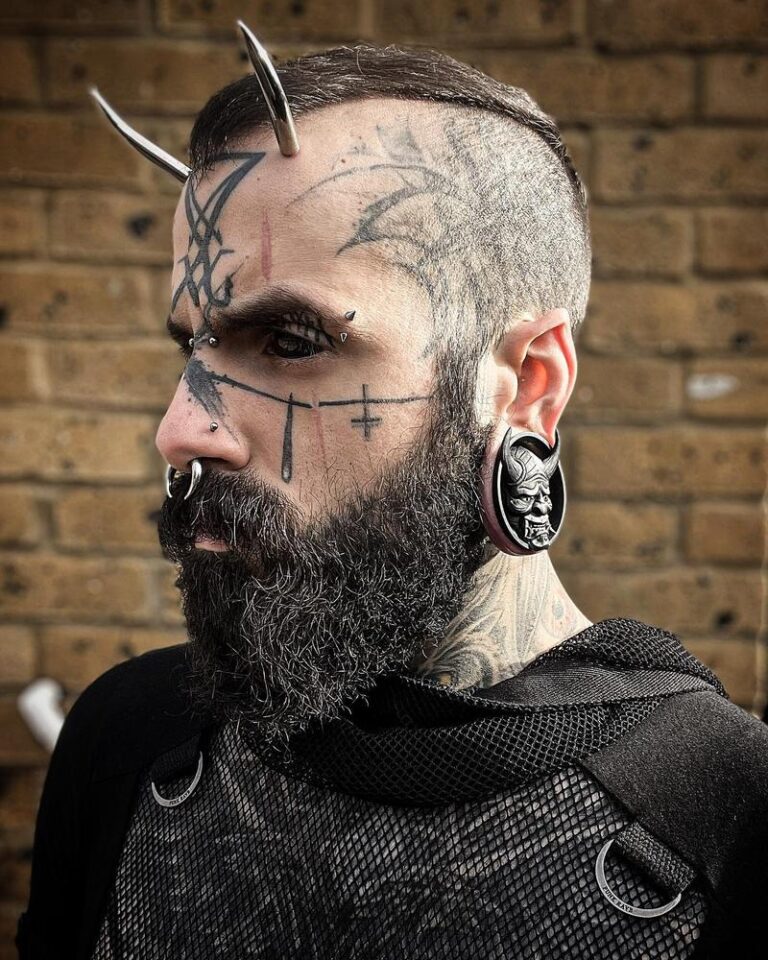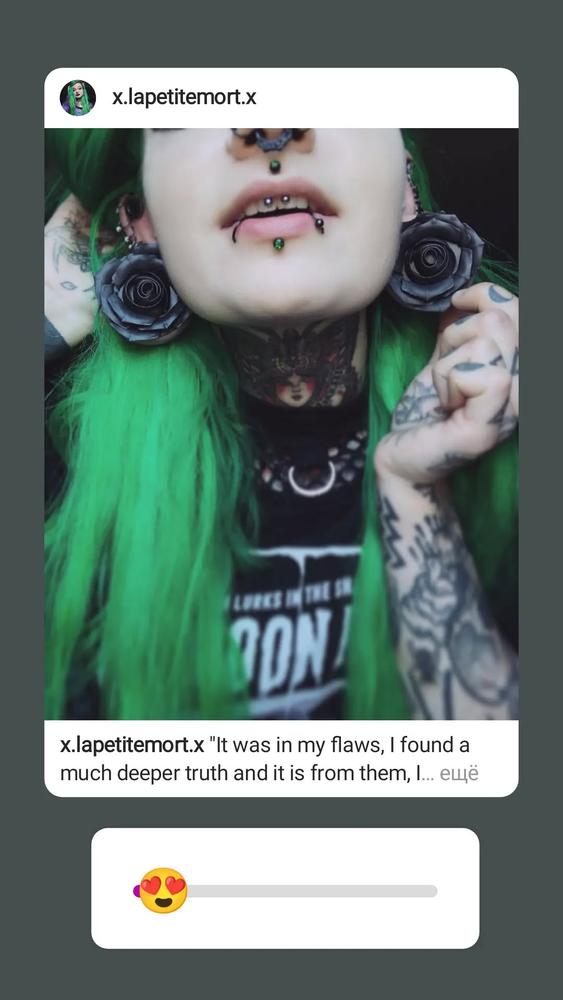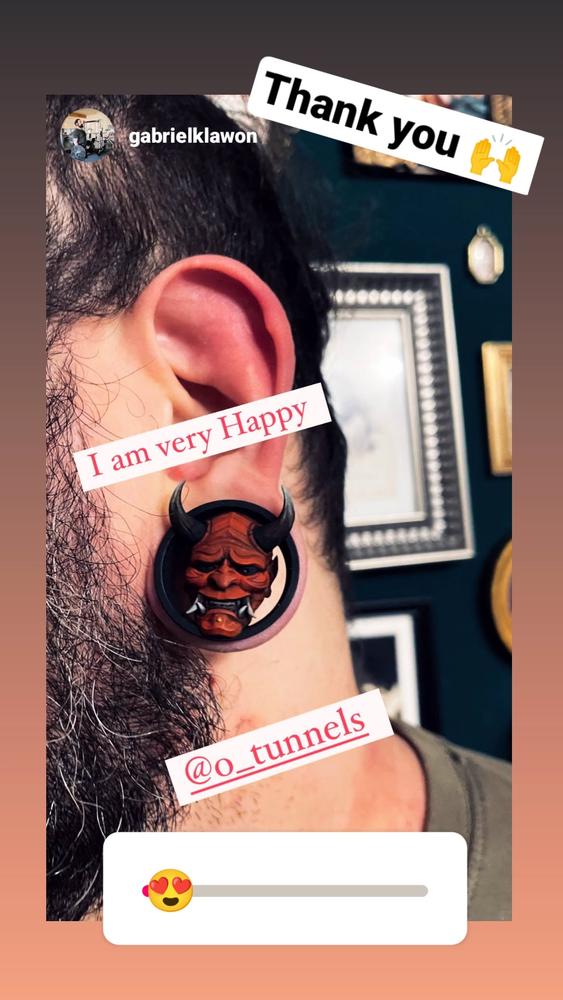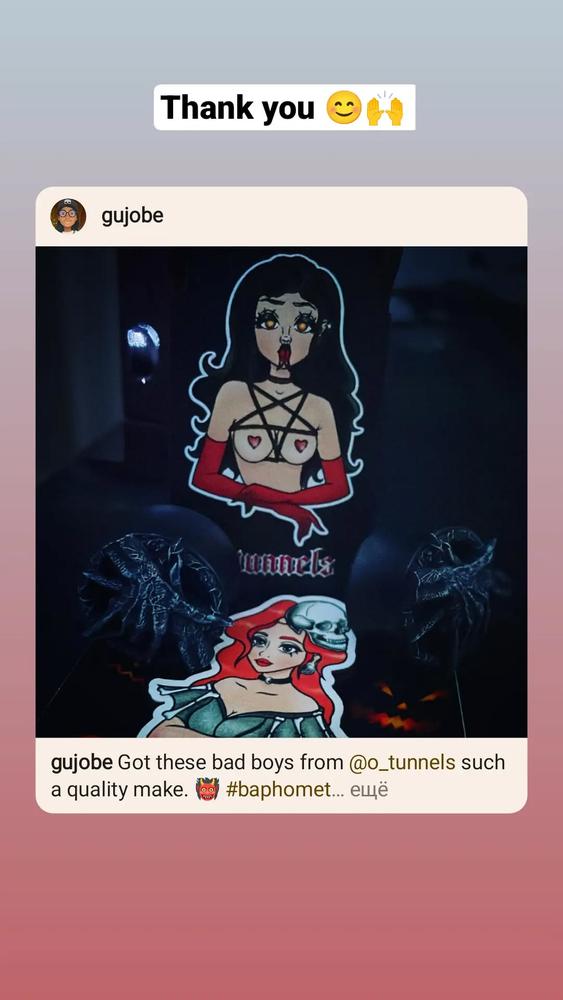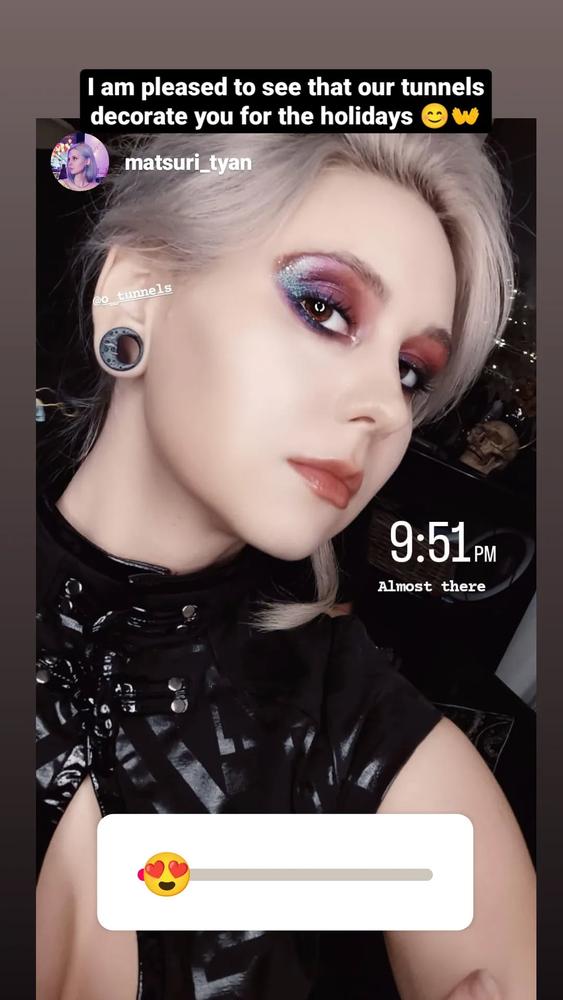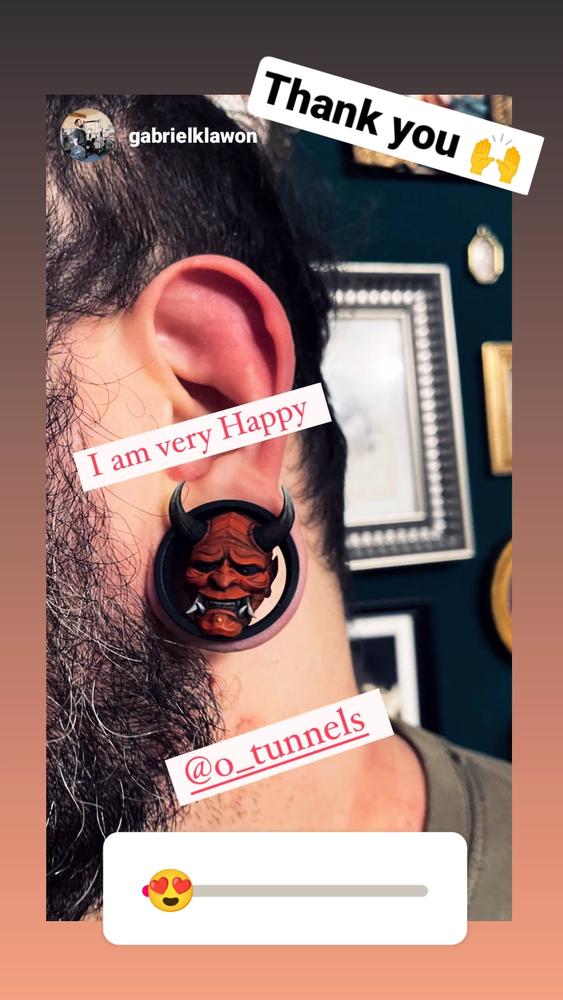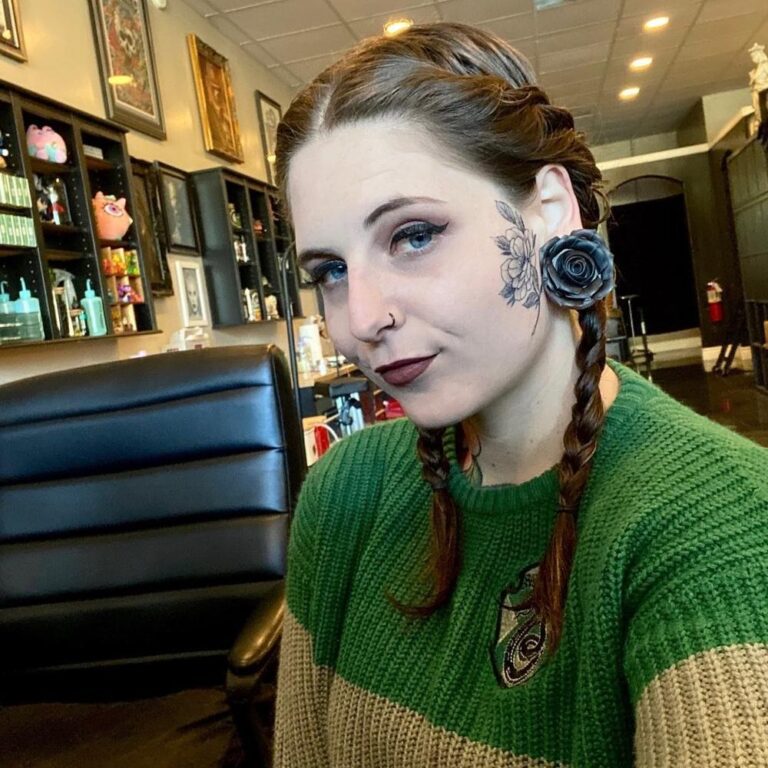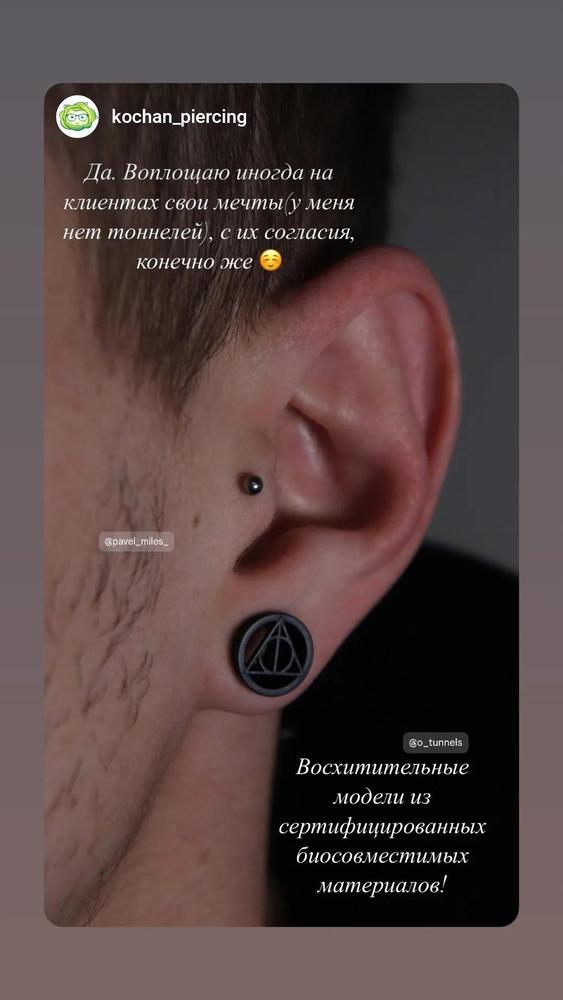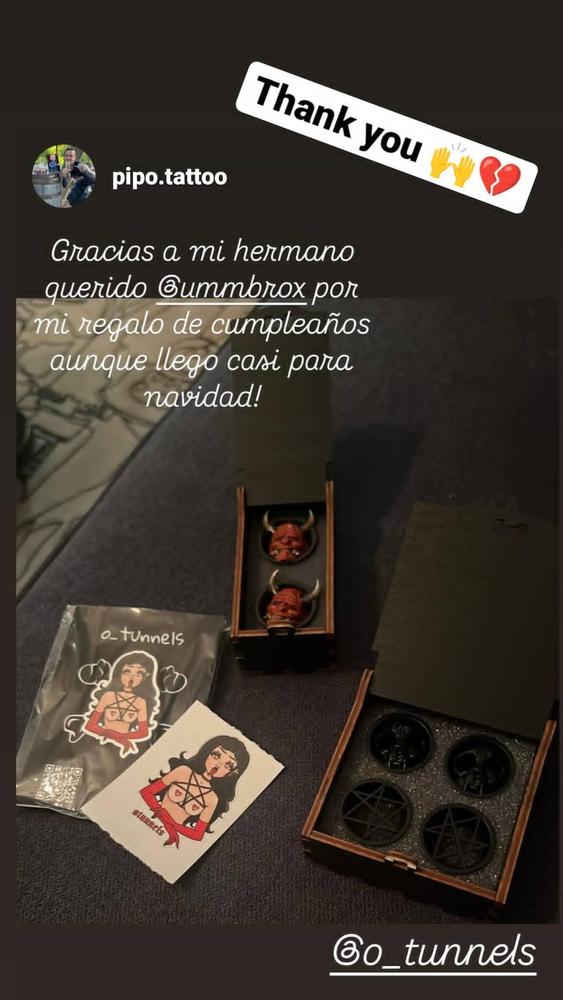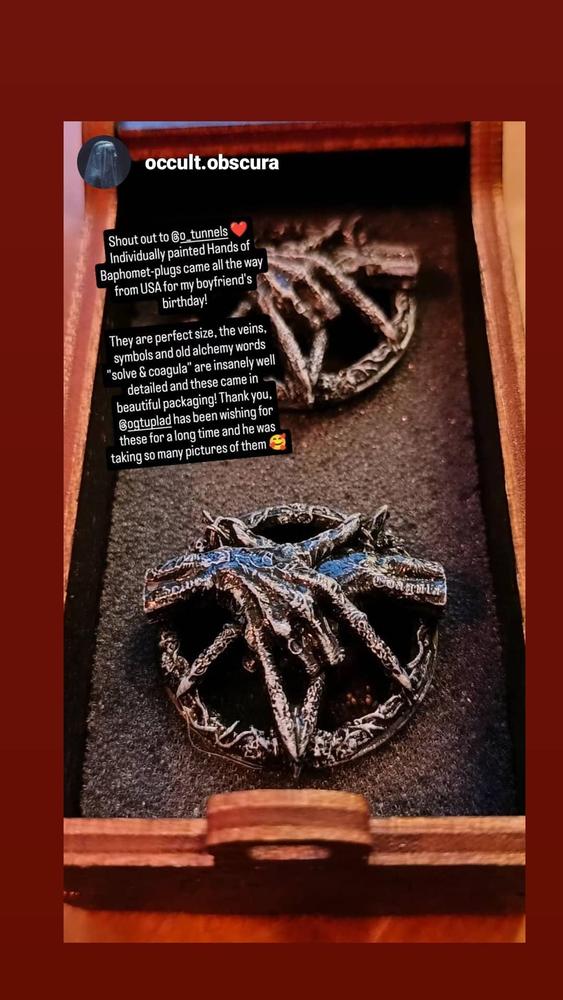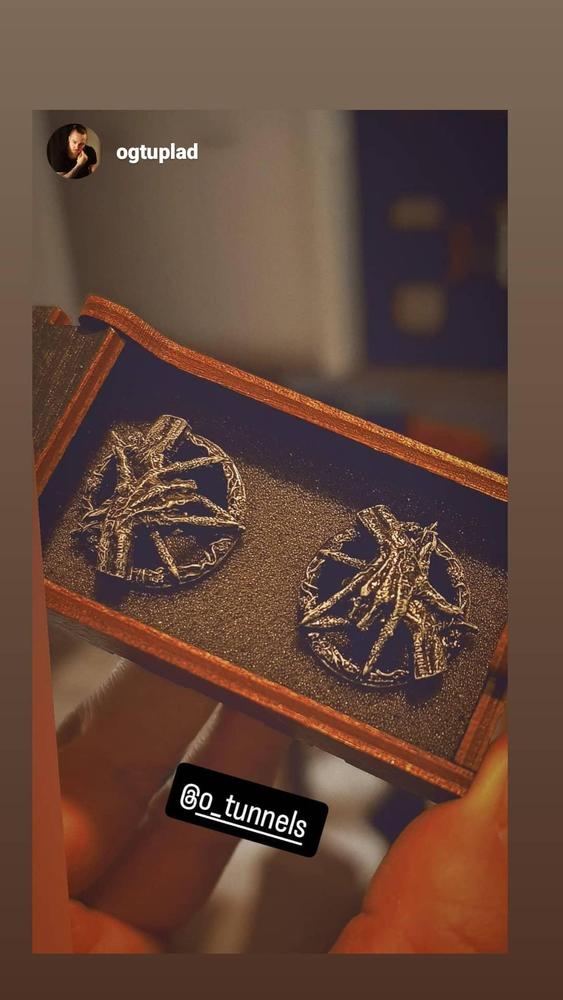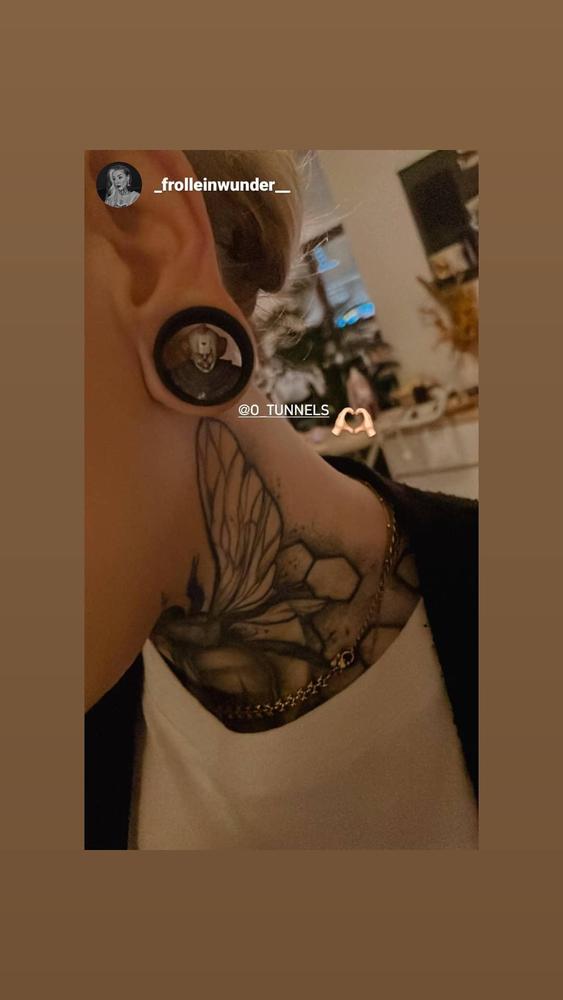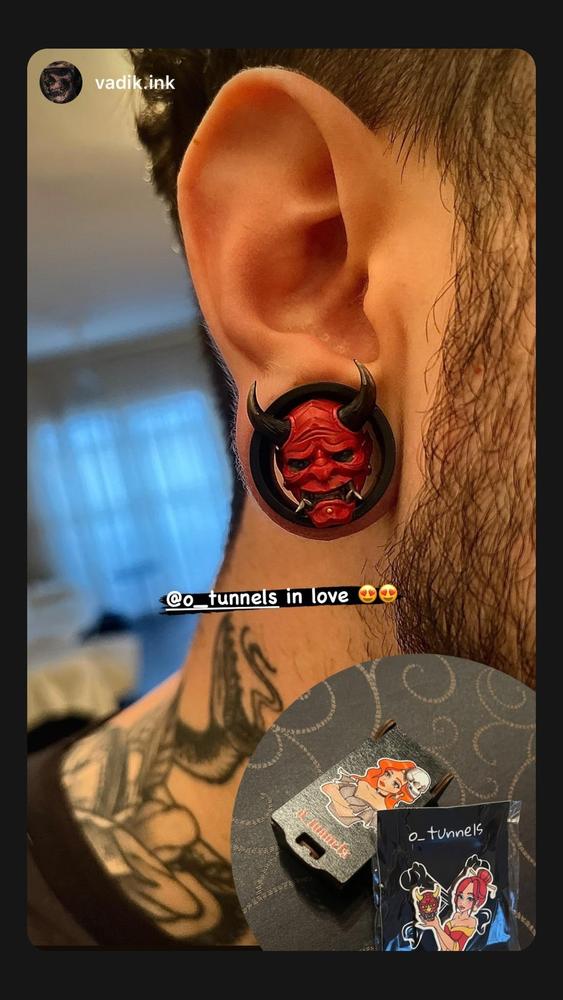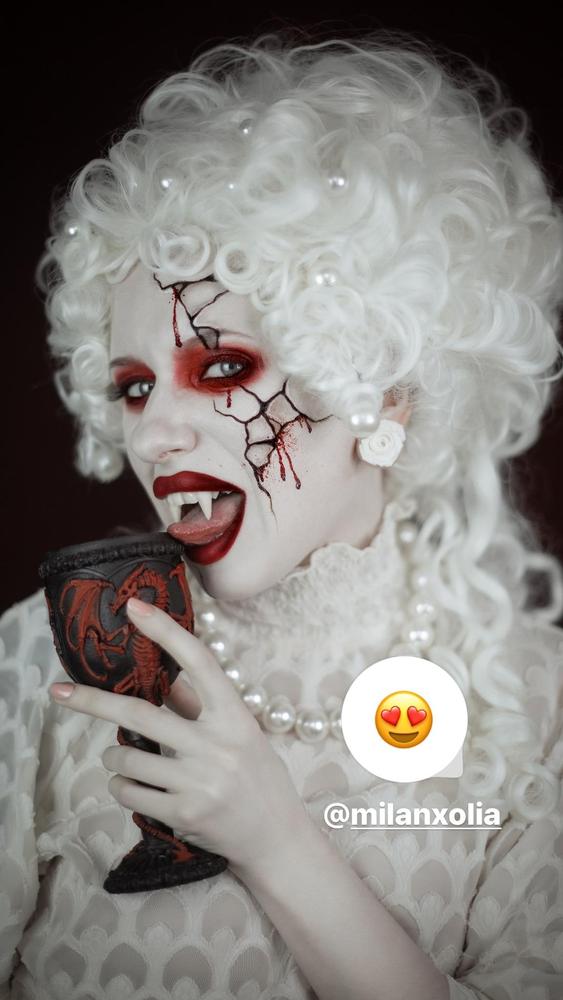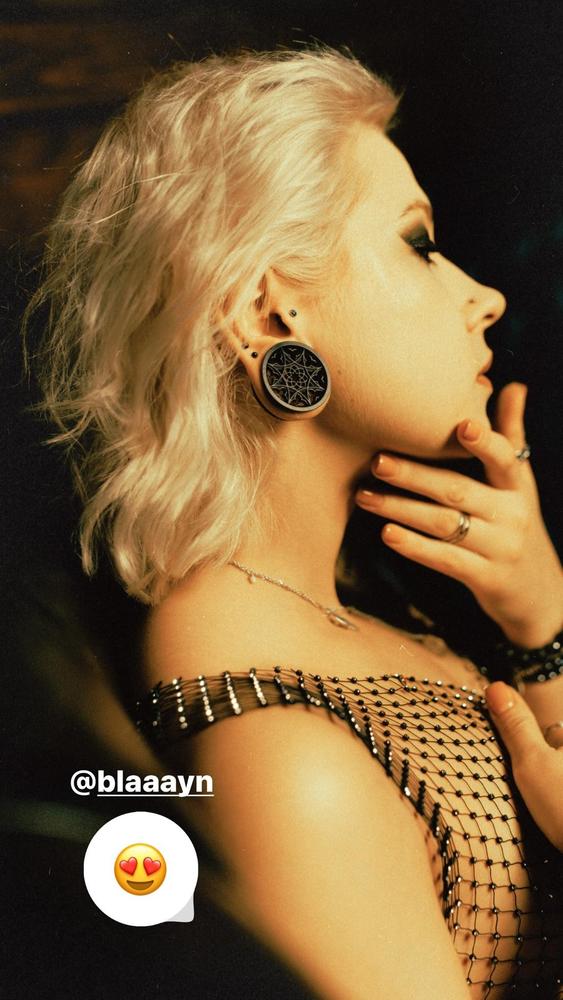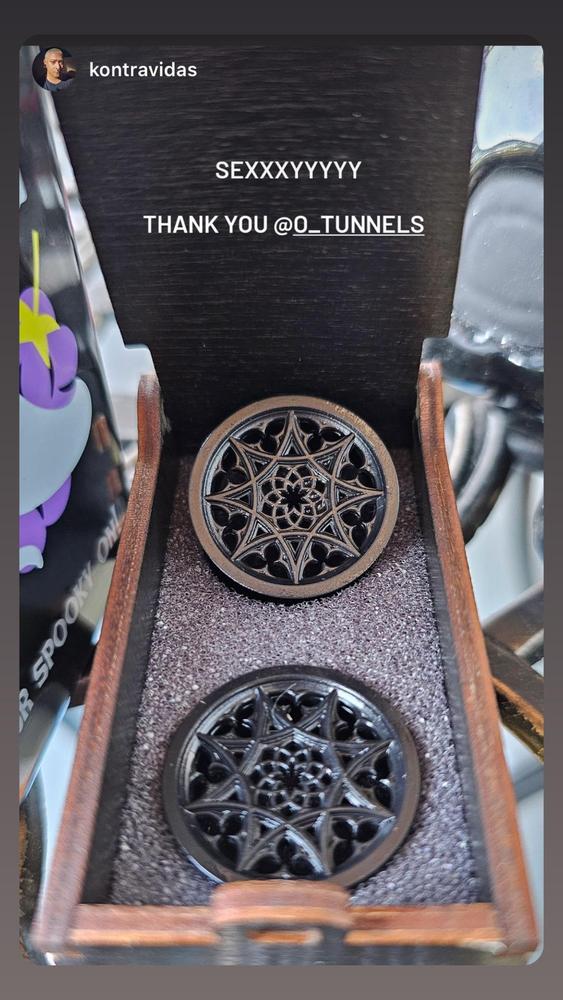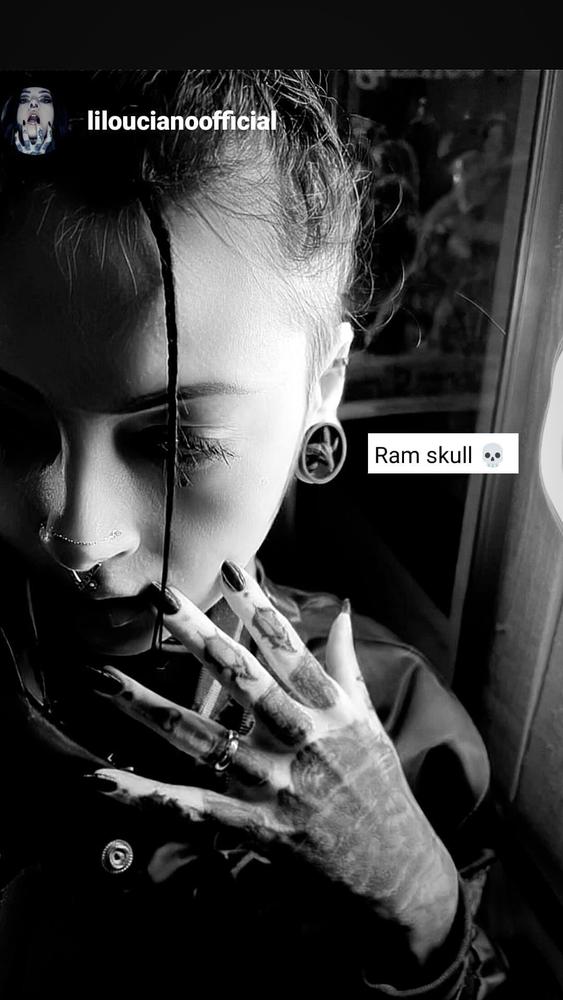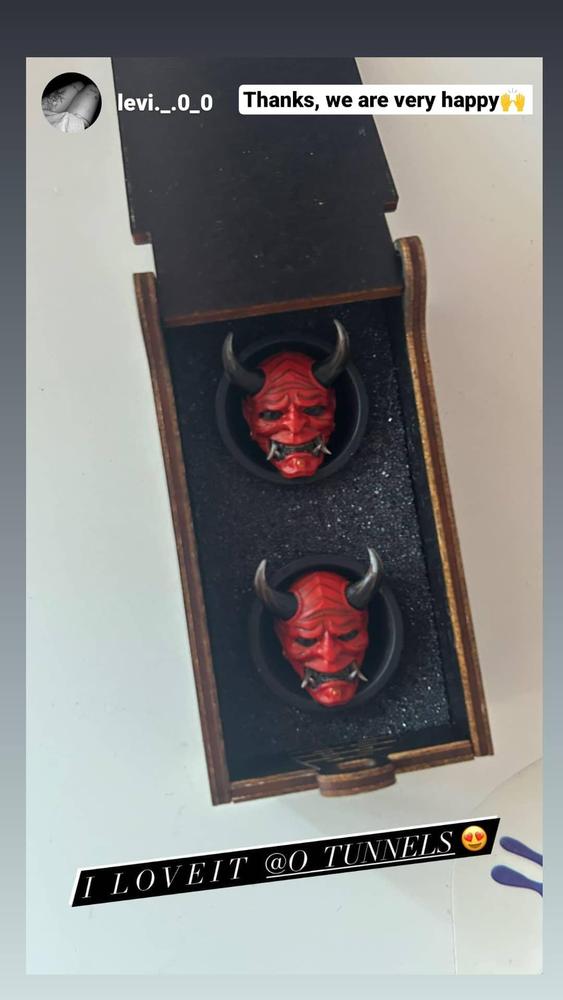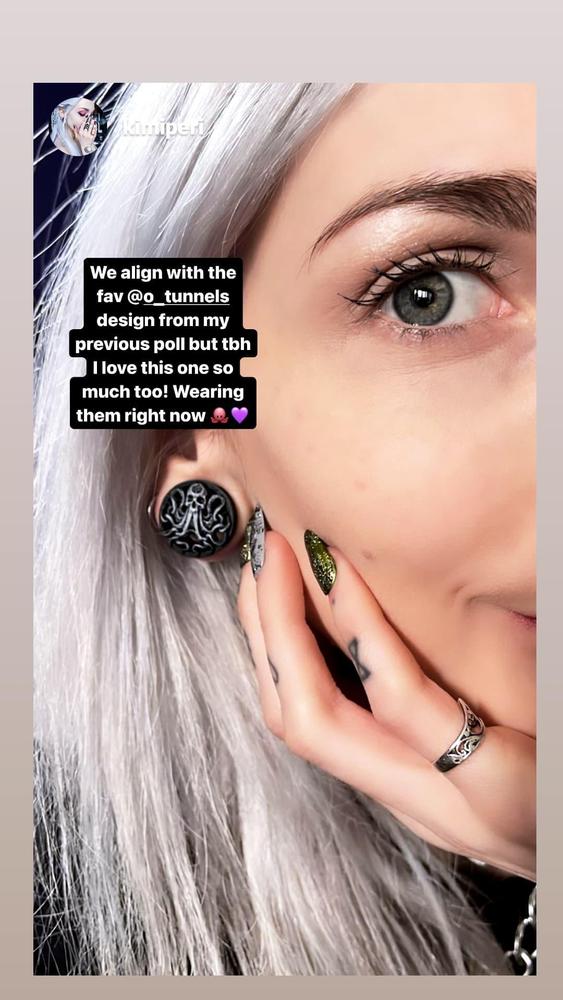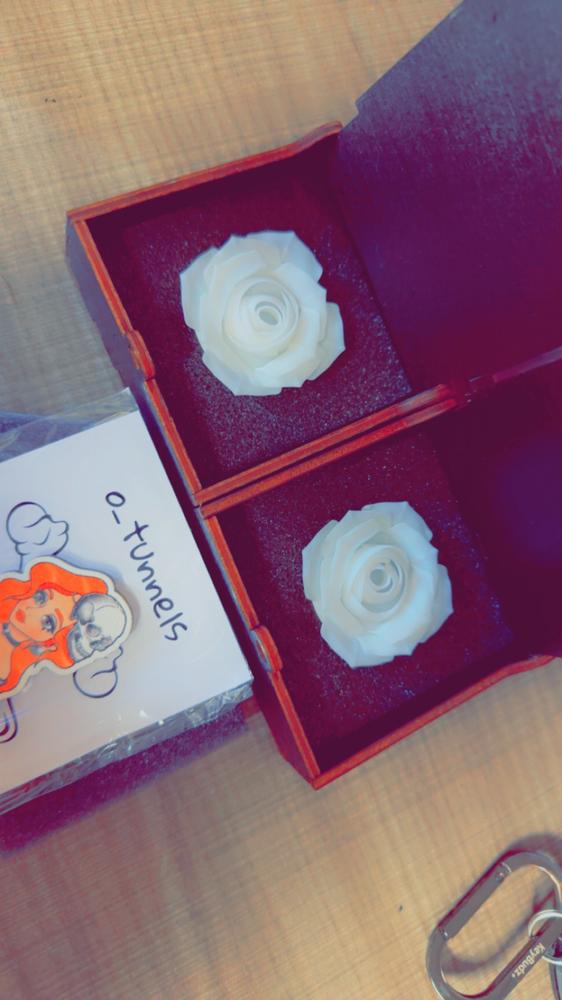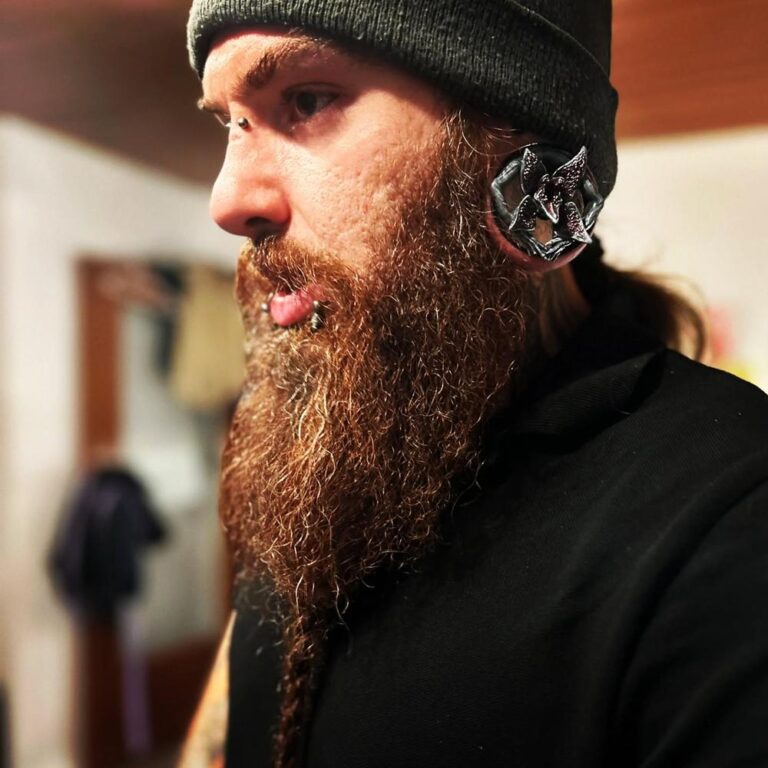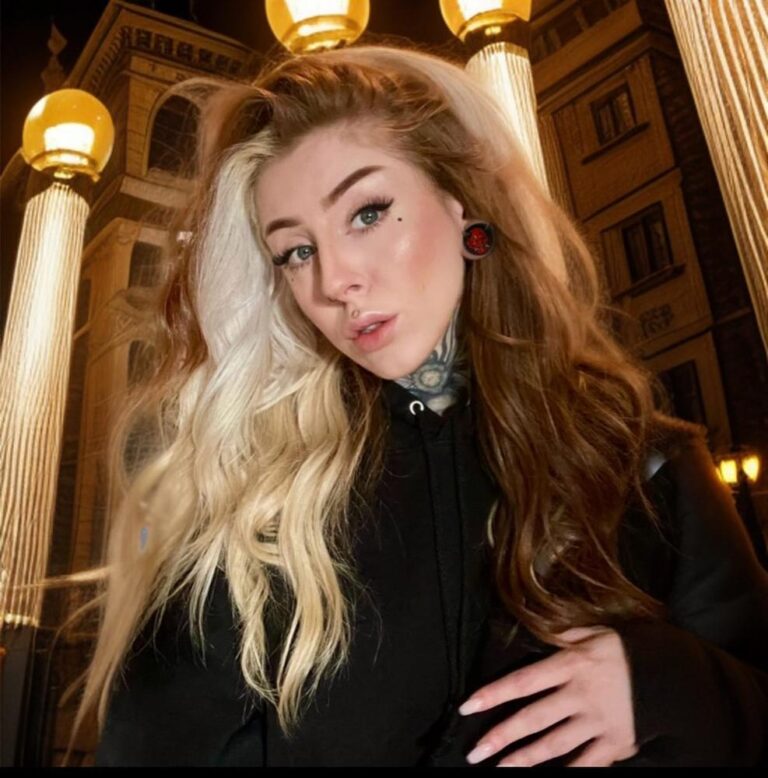Introduction:
October is finally here, which means the spooky season is in full swing. From planning a marathon of the best Halloween movies to assembling the perfect costume (or couple’s costume for a dynamic duo), anticipation for the Halloween holiday occupies most of the month. But what is Halloween? In America, the highly commercialized celebration brings to mind trick-or-treating and fun gatherings filled with Halloween party games and spooky treats, but the holiday has some convoluted origins to say the least. Is Halloween a religious holiday? Or a secular one? Is it Christian? Or pagan? The answer is yes, yes, yes, and yes—and largely depends on your beliefs and how you celebrate. So let’s cut through the confusion by revisiting the history of Halloween and the origins of some of its most beloved traditions.
The Meaning of Halloween:
The current English name Halloween traces back to medieval Christianity. The word “hallow” is derived from the Middle and Old English words for “holy” and can also mean “saint.” In those days, the Christian holiday we know as All Saints’ Day was called All Hallows’ Day, and the day before, when an evening mass was held, was All Hallows’ Eve. That name eventually got shortened to Halloween.

Why is Halloween celebrated on October 31?
There are two answers to this question: a pagan one and a Christian one. The ancient Gaelic festival of Samhain, which occurred on November 1 but kicked off the evening before, is considered the earliest known root of our secular Halloween traditions. It marked a pivotal time of year when seasons changed, but more importantly, observers also believed the boundary between this world and the next became especially thin, enabling them to connect with the dead. This is also where the history of Halloween gains its “haunted” connotations.
As the etymology of the name suggests, Halloween has Christian roots too. Celebrations of Christian martyrs and saints date back to 4th-century Rome. In the early 7th century, Pope Boniface IV put All Saints’ Day on the calendar when he dedicated the Pantheon in Rome to the saints, but the day was May 13. In the next century, Pope Gregory III changed the day to November 1 when he dedicated a chapel in St. Peter’s Basilica to the saints. Yet another century later, Pope Gregory IV added All Saints’ Day to the universal Christian calendar, officially extending the celebration from Rome to churches everywhere. With the Christian celebration of All Saints’ Day on November 1 came All Hallows’ Eve, or Halloween, on October 31, as well as All Souls’ Day on November 2—a three-day holiday collectively called Hallowtide.
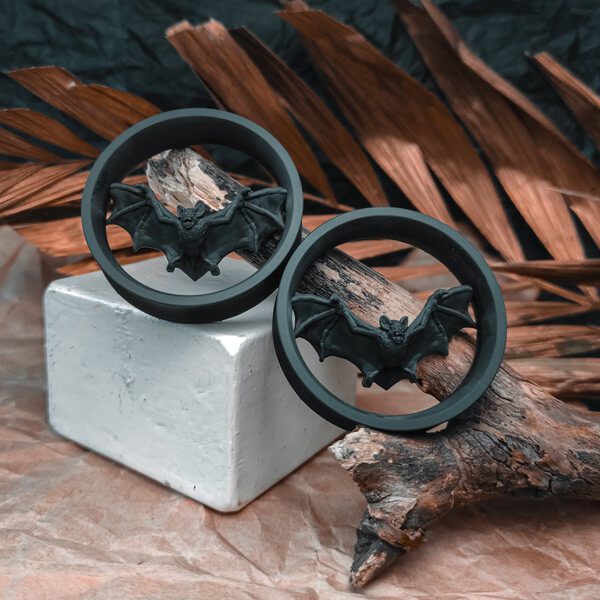
Is Halloween a pagan holiday or Christian holiday?
Though largely a secular celebration today, Halloween has both Christian and pagan roots. During the Middle Ages, as the Christian Roman holiday of All Saints’ Day spread to other Christianized areas, Hallowtide traditions merged with local cultures. In Celtic regions that formerly celebrated Samhain, the local Christian Halloween traditions that arose included jack-o-lanterns, bonfires, and costumes.
Did these local Christian Halloween customs evolve from older pagan traditions? Most scholars agree that they did, though Catholic sources dispute the notion as lacking historic evidence. At the heart of the controversy is the fact that the ancient Celts did not leave written records, though we do have folklore (stories passed down by word of mouth) and artifacts, such as a 1st-century B.C.E. bronze calendar found in France that references Samhain. Though folklore studies provide context about Samhain, for the layperson, it can be difficult to wrap your head around. Theorizing about the pagan roots of the jack-o-lantern, which evolved into an Irish Christian Halloween custom, Emerick explains, “We arrive at this conclusion not by hard evidence like a written record because the inhabitants of Britain did not record things in writing during the pre-Christian era. We assume the pagan origins of folk customs like the jack-o’-lantern by analyzing them within the context and framework in which they are presented in the folklore and the larger folk culture.

The History of Halloween Traditions:
The early pagan holiday of Samhain involved a lot of ritualistic ceremonies to connect to spirits, as the Celts were polytheistic. While there isn’t a lot of detail known about these celebrations, many believe the Celts celebrated in costume (granted, they were likely as simple as animal hides) as a disguise against ghosts, lit jack-o-lanterns, and enjoyed special feasts.
Over time, as Christianity took over and the pagan undertones of the holiday were lessened. The Irish custom of lighting jack-o-lanterns to ward away evil spirits came to have a Christian-themed allegory attached to it: A character named Stingy Jack outsmarts the Devil and avoids Hell, but his sinful dealings keep his soul out of Heaven. Instead, his soul roams the Earth, lighting his path with an ember held in a carved radish. Though Christianized, the ghostly element of the story recalls the blurred boundary between the living and dead on the night leading into Samhain.
Other mystical rituals of earlier times evolved into more lighthearted fun and games. For example, the somewhat heavy concept of connecting to the dead was replaced with the more lighthearted idea of telling the future. Bobbing for apples, for example, became popular as a fortune-telling game on All Hallows’ Eve: Apples would be selected to represent all of a woman’s suitors, and the guy—er, apple—she ended up biting into would supposedly represent her future husband. In fact, Halloween previously posed a huge (albeit rather superstitious) matchmaking opportunity for young women in the 19th century.
Another popular All Hallows’ Eve ritual was mirror-gazing, as people hoped to catch a vision of their future by looking into the mirror. There are also reports of fortune-cookie-like favors being given out during earlier times. People wrote messages on pieces of paper in milk, and the notes were then folded and placed into walnut shells. The shells would be heated over a fire, causing the milk to brown just enough for the message to mystically appear on the paper for the recipient.
The History of Halloween Costumes and Trick-or-Treating:
An early precursor to trick-or-treating is believed to be “souling,” the tradition of going door to door asking for “soul cakes,” a treat similar to biscuits, in exchange for prayers for the dead in purgatory. The Scottish practice of guising, a secularized version of souling, swapped the prayers for tricks. The costumes evolved too, taking a scary turn when young Scottish and Irish pranksters got the idea to spook unsuspecting neighbors. Eventually, this evolved into the tradition of trick-or-treating in the United States. The candy-grabbing concept became mainstream in the early to mid-1900s, during which families would provide treats to children in hopes that they would be immune to any holiday pranks.

How Halloween Came to America:
The Halloween holiday remains popular in America today, but it actually almost didn’t make it across the Atlantic. The Puritans were disapproving of the holiday’s pagan roots, so they didn’t take part. The American colonial Halloween celebrations that did take place featured large public parties to commemorate the upcoming harvest, tell ghost stories, sing, and dance. It was not until the second half of the 19th century as Irish and Scottish immigrants began to arrive in America in greater numbers that the holiday took hold as part of the national zeitgeist.
It’s estimated that by the early 20th century, Halloween was celebrated across North America by the majority of (candy-loving, costume-wearing) people. Today, our Halloween holiday traditions continue to evolve. Instead of trick-or-treating house to house, some deck out their vehicles in spooky tailgate fashion for community trunk-or-treats, which are often held in school or church parking lots.
In 2019, a popular movement to move the date of Halloween led to the creation of National Trick-or-Treat Day on the last Saturday of October. However, Halloween remains on October 31, and how communities celebrate the new National Trick-or-Treat Day, if at all, depends on local organizers.
Conclusion:
Halloween is a holiday with a rich and complex history, blending both pagan and Christian traditions. It has evolved over the centuries from a solemn occasion to connect with the spirits to a lighthearted celebration filled with costumes, candy, and games. While its origins may be shrouded in mystery and debate, one thing is clear: Halloween has become an integral part of modern culture, celebrated by people of all backgrounds and beliefs. So, whether you’re carving a pumpkin, donning a spooky costume, or simply indulging in some delicious candy, remember that Halloween is a time to embrace the fun and festive spirit of the season. Happy Halloween!

